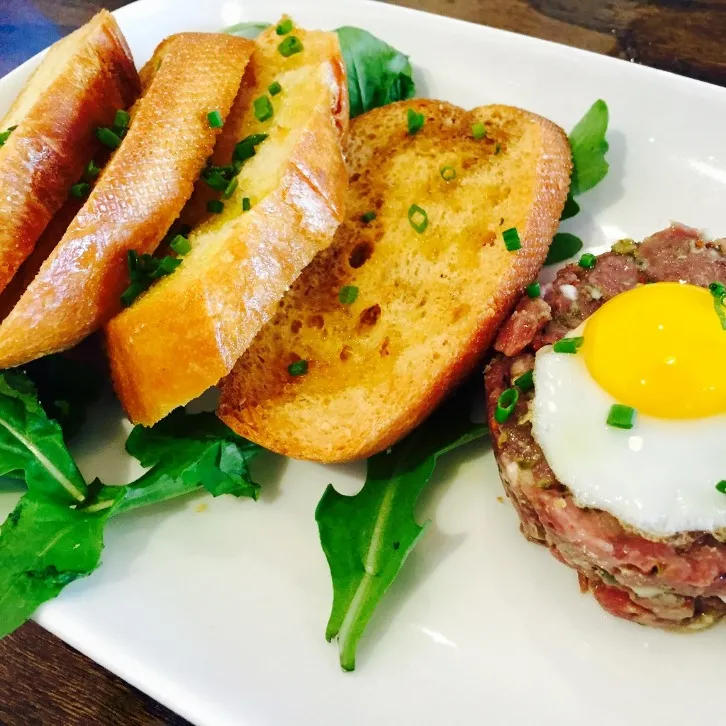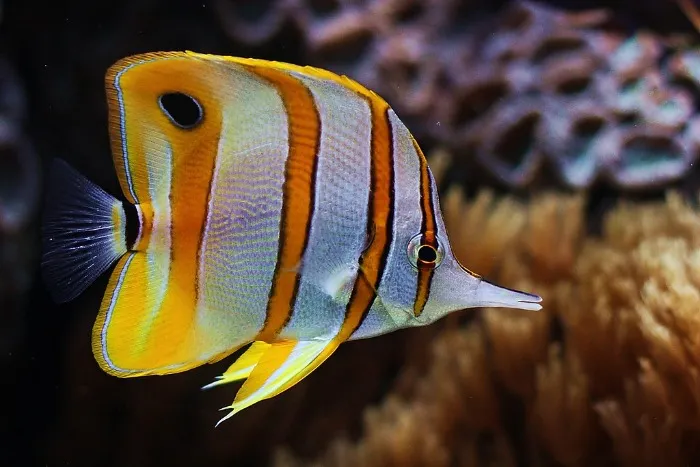The Ultimate Guide to Raising Backyard Chickens: Cluck Your Way to Feathery Fun!
And, right now, I have started several large worm bins (in addition to the compost pile the chickens sort through) to provide enough worms and grubs to make it through our coldest months. This can include scattering treats around the area, introducing new toys, or placing multiple feed stations around the space to draw attention away from the social dynamics. These are concentrated sources of energy and a source of essential fatty acids. Fats improve digestibility of some protein rich feeds and improve palatability.

To minimize this occurrence, subordinates tend to omit the more conspicuous vocal components and restrict themselves to the movements of the visual display. However, when dominant males are distracted by something else, the subordinate adds back in the vocal component, which serves to attract females who are eavesdropping. This behavior suggests that the subordinate male is taking the perspective of the dominant male and using information about his attentional state to personal advantage (Smith et al. 2011).
Selecting the best chicken feed for your hens is important in making sure they’re getting all the right nutrients. One of the most common reasons is that the chicken is cold and is trying to trap air between its feathers to stay warm. However, feather puffing can also signal that the chicken is feeling threatened or trying to assert dominance.

They can update their memory of the contents of a cache depending upon whether they have previously visited the site. Furthermore, they can also remember where other birds cache their food, showing that they encode rich mental representations of caching events (Clayton et al. 2001, for a comprehensive review of these studies). Although there has been some debate about whether these findings represent episodic memory or other forms of associative learning (Suddendorf and Corballis 2007), these criticisms have been disputed (Raby et al. 2007). Clearly, some very interesting complex cognitive processes are coming into play in these food-caching behaviors. Domestic chickens are members of an order, Aves, which has been the focus of a revolution in our understanding of neuroanatomical, cognitive, and social complexity.

And by setting the right rocks and staying focused on completing those rocks, you will make progress toward your goals. Choosing the right priorities can be difficult as we sometimes think we have to get everything done in one quarter. But having the discipline to focus on only the top priorities and make time to get them done will propel the business further and faster than making a little progress on too many priorities. When you focus on the right things, you find that all the hard work, all the hard decisions, all the time you put in begins to pay off.
Among conspecifics, the identity and social status of the demonstrator is important, as chickens learn from dominant individuals more readily than subordinates (Nicol and Pope 1999). Moreover, this effect is not based upon the fact that dominant individuals perform the task better than subordinates (Nicol and Pope 1999). Rather, it seems to be based upon the fact that more attention is paid to dominant individuals than others in the group. Therefore, in chickens, as in other animals, social factors mediate learning factors in a complex way. Object permanence has been studied extensively in many nonhuman animals, who show a range of capacities within this paradigm.
Offer them a high-quality feed and consider providing supplements like vitamins and electrolytes to help boost their immune system during this stressful time. Integrating new chickens into your existing flock, whether they’re newcomers to your farm or freshly hatched in your own coop, requires a strategic approach to prevent any feathered fiascos. “The chicken world is predominantly a social one and sounds, gestures
and postures are all critical in communication within the group,” says
Dr Rafael Freire, a Charles Sturt
University expert on animal behaviour who was not involved in the research. A study by Macquarie University’s Dr K-Lynn Smith and Professor Chris Evans portrays chickens as social creatures that employ Machiavellian intelligence and adjust what they say depending on who is listening.
“We were able to take multiple hens from another rescue who had saved them from a sad situation of neglect but didn’t have appropriate housing,” Krystyna says. Fosters are provided supplies, access to chicken-knowledgeable staff, and care guides and videos. Just before Christmas, Jaime Blados got an email that caught her attention. It asked if anyone could foster some chickens, who had come into Geauga Humane Society’s Rescue Village in Novelty, Ohio. The goals of the HASS policy agenda are to craft and advocate for state and federal laws that honor the human-animal bond and address the root causes of inequity within U.S. communities. Once the AI had been trained, the team tested its accuracy with another 100 hours of fresh chicken sounds that hadn’t been used during the training phase.
Chickens are social creatures, so it’s best to have a few feathered companions to keep them entertained. Consider getting a mix of different breeds to add some variety to your flock. From the regal Rhode Island Reds to the fancy-feathered Silkies, each breed brings its own unique personality to the party.
The answer to my most often asked question is YES, hens can lay an egg without a rooster. Chickens lay eggs several times a week, generally every other day for their entire first year. In the spring, a free-ranging hen will lay her egg, cover the nest with leaves and dirt, and return to it on another day to lay another egg.
Protein is an essential component of their diet as it helps in muscle development, feather production, and egg formation. Good sources of protein for chickens include soybean meal, fish meal, and dried insects. These protein-rich foods provide the building blocks for healthy growth and development. However, chicken feed is not the only source of nutrition for your flock.
Rather, the birds showed comfort behaviors (e.g., preening, wing flapping, feather ruffling, body scratching) consistent with relaxation (Zimmerman et al. 2011). A host of studies provides convincing evidence of fear in chickens under a range of circumstances, including capture and restraint, open fields, and novelty. Chickens respond with a variety of complex behaviors adapted to each of the circumstances, e.g., tonic immobility upon restraint, and avoidance in some cases of the appearance of novel objects (Forkman et al. 2007, for a review of this literature).
Moreover, the vigor of the display is correlated with the quality of the food and the chances that a female will approach (Marler et al. 1986). Social groups of jungle fowl and wild or free-ranging domestic chickens usually consist of one dominant male and one dominant female, subordinates of both sexes, and chicks, all occupying a home range during the breeding season (Appleby et al. 2004). Within their home range, they have regular roosting sites, including high up in the branches of trees (Appleby et al. 2004). Diet is highly varied and ranges from berries and seeds to insects and small vertebrates (Savory et al. 1978). Interestingly, despite the fact that domestication tends to make most animals less aggressive toward potential predators, some breeds of domestic chickens are more aggressive than jungle fowl (Väisänen et al. 2005). A recent study showed that when college students were given the opportunity to learn about and personally train chickens (using positive reinforcement), their attitudes shifted in a more informed and positive direction.
Regular vet visits can ensure that your chickens receive proper vaccinations, routine check-ups, and any necessary treatments. Vet visits also provide an opportunity to Overhunting and animal diets seek advice on specific health concerns or behavioral issues you may encounter. Grains, such as corn and wheat, are an important source of carbohydrates for chickens.
If one of them caught a large bug or small snake they ran around displaying it, chased by the others. By the time they had tripled their numbers—the rooster was very proactive about reproducing—they had cleared the back 1/2 acre of all the noxious weeds as well as the black snakes. There were no rats in our compost heaps and not a raspberry left on a single bush. At dusk, once they were up on their perch, I closed them in from the solitary but voracious racoon and provided water. One of the ways that social species take advantage of group living is through social (observational) learning—observing conspecifics’ behavior and its consequences in order to avoid time-consuming and sometimes hazardous “trial and error” learning.

These breeds are specifically bred to grow quickly and have a higher feed conversion ratio, meaning they efficiently convert feed into meat. They are known for their plump and tender meat, making them a popular choice for those looking to raise chickens for meat production. One of the first decisions you’ll need to make when considering which chicken breeds to raise is whether you want to focus on layers or broilers. Layers, as the name suggests, are bred specifically for their ability to lay eggs.

After a month, or around 13 eggs, she will sit on them all and hop off only for a very few minutes to grab a bite to eat and find the bathroom. After 21 days, high humidity from her body, and a constant temperature of 37º degrees C, the chicks will hatch. Under natural conditions all baby birds are born in late spring—birds are innately protective and will not sit on eggs until the temperatures are such that their broods can survive.

He does this by clucking in a high pitch as well as picking up and dropping the food. This behaviour may also be observed in mother hens to call their chicks and encourage them to eat. The more we interfere and domesticate our animals, the less they can rely on their innate resources. I am learning to be less interactive with our farm companions and let them become more self-reliant.
Or put another way, personality is a set of traits that differ across individuals and are consistent over time. The concept of personality is critically important for a complete understand of animals (including humans) as individuals. Instead of viewing other animals as one-dimensional, interchangeable units within a species, recognition of personality in other animals allows us to accurately see them as complex individuals with multi-dimensional characteristics. Furthermore, personality interacts with cognition and emotion, intimately shaping behavior and performance on a wide range of tasks. Chickens, too, demonstrate considerable complexity in their use of referential communication. When shown computer-generated animations of natural predators, roosters emit distinctive alarm calls.

They needed to rest for a few hours after hatching but were standing and pecking at anything which might be potential food on their first day. From their very beginnings, chickens have an excellent sense of smell and keen sight and they respond to the rhythm of the sunlight. Chickens cannot be solitary, they are flock animals and at night the newly-hatched sleep in a pile and do not stir until it is light.
In the only study directly testing time perception in chickens, five thirty-week old hens were able to predict, approximately, a 6-min interval when given a reliable predictive visual signal (Taylor et al. 2002). The hens were required to peck a computer-controlled touch screen that delivered a food reward upon the first peck after 6 min. The hens showed they were capable of estimating the time interval by showing a pattern of increased pecking frequency around the 6-min mark. As good as the chicken’s performance was, it should be noted that they were able to achieve this performance within a highly artificial setting. Almost certainly, a more naturalistic setting would allow the chickens’ temporal abilities to be more easily demonstrated, as all animals, including birds, depend upon the appropriate environmental context for the full expression of their behavior. Cognitive bias is a deviation in judgment as a result of emotion-inducing experiences.
Keep it clean and fresh, and your hens will reward you with beautiful, nutritious eggs. While this guide provides a comprehensive overview of chicken raising, there is always more to learn from experienced poultry farmers and experts in the field. Their practical tips and insights can help you navigate challenges and enhance your understanding of chicken behavior, health management, and husbandry practices.


